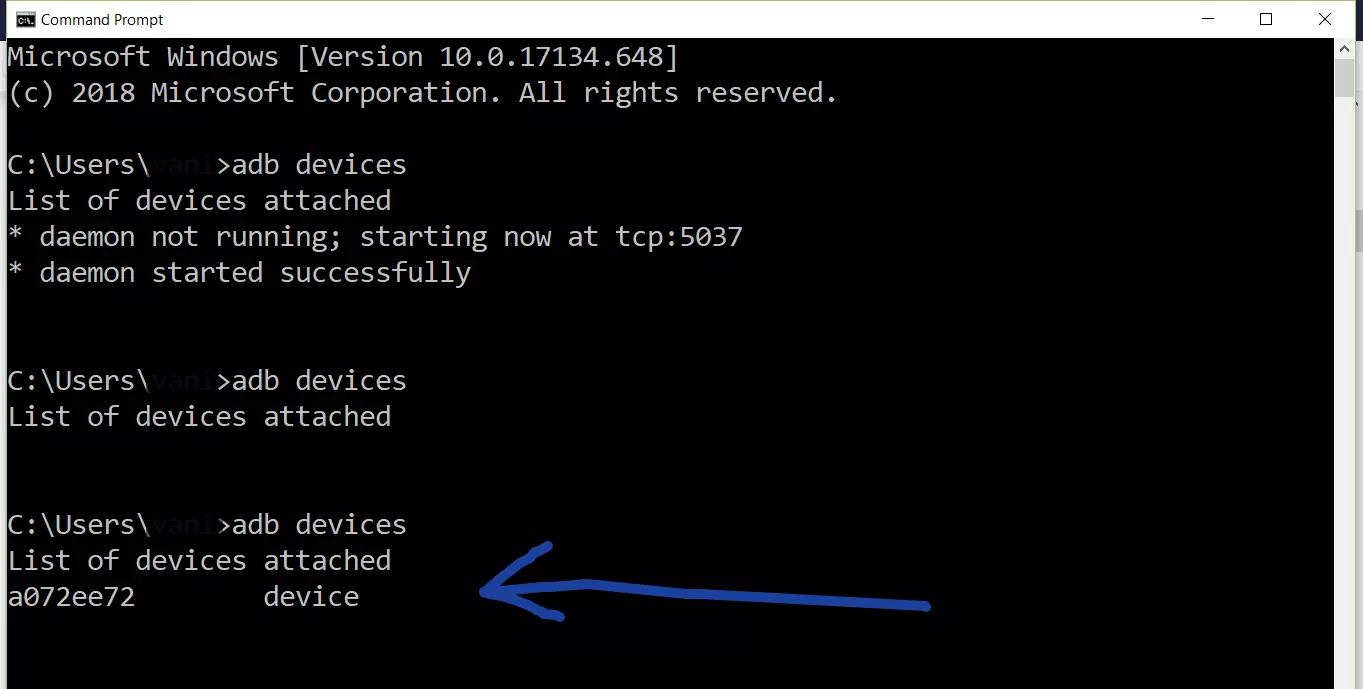

How the Activity state affects the Fragmentīecause a Fragment is always hosted by an Activity, the Fragment lifecycle is directly affected by the host Activity lifecycle.

Once added, the Fragment goes through three states, as shown in the figure below: The Fragment is added by an Activity (which acts as the host of the Fragment). Within the Fragment lifecycle callback methods, you can declare how your Fragment behaves when it is in a certain state, such as active, paused, or stopped. Using a Fragment lifecycle is a lot like using an Activity lifecycle (see The Activity Lifecycle for details).

This chapter describes the mechanisms for passing data and how to manage the Fragment lifecycle within an Activity. Understanding the relationship between Activity and Fragment lifecycles helps you design fragments that can save and restore variables and communicate with activities.Īn Activity that hosts a Fragment can send information to that Fragment, and receive information from that Fragment. Like an Activity, a Fragment has its own lifecycle.


 0 kommentar(er)
0 kommentar(er)
